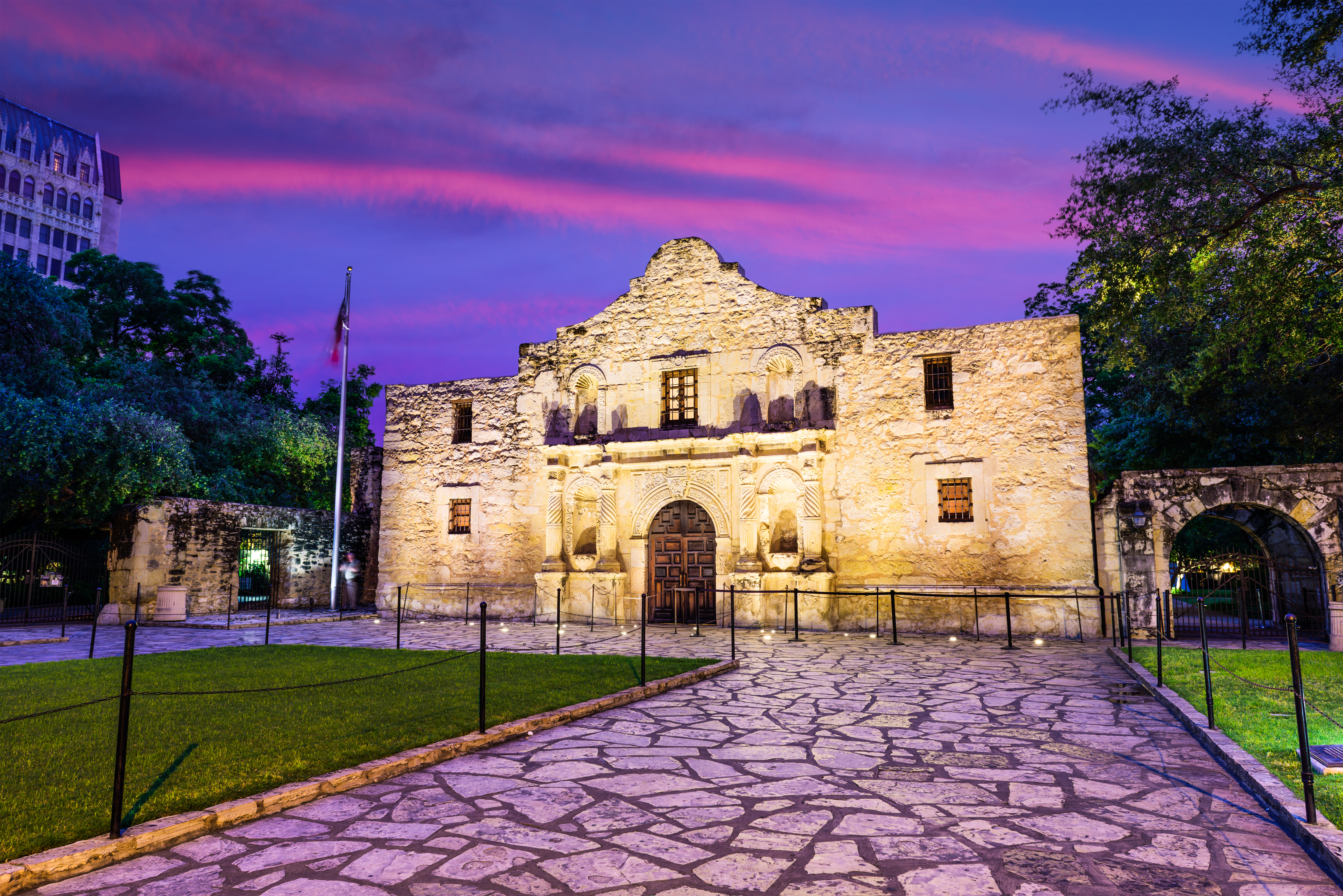
Article Summary: Historic Sites In Texas
Historic Sites In Texas. More Than Just Parks has 15 incredible must-see sites for you.
I’ve been to so many of these amazing places since retiring from teaching in 2018. Did I mention that I taught history? I spent a lifetime teaching about the history behind these momentous sites. Then I got to see them firsthand. And now I’m sharing the stories of these incredible places with you. It doesn’t get any better than that!
I’m going to give you my list of the Top 15 Historic Sites in Texas that you’ll want to see. These are our top 10 sites which we will provide in reverse order. We’ve got amazing monuments, fascinating exhibits, historic museums, legendary battlefields and so much more.
To be clear, this list includes national park sites (as in sites managed by the National Park Service) as opposed to national parks. Now Texas has two wonderful national parks and you can learn all about them by accessing our wonderful article on Texas National Parks.
Since we’re about more than just parks (and that means more than just park sites) we’re also including some amazing places to visit that aren’t managed by the National Park Service. After all, we’re more than just parks!
Without further ado, let’s dive into our top 15 list of historical sites in Texas.
Table Of Contents: Historic Sites In Texas
Historic Sites In Texas
- Top 15 Historic Sites In Texas
- Top 10 Historic Sites In Texas
- Top 5 Historic Sites In Texas
- 5. Palo Alto Battlefield National Historical Park
- 4. The San Jacinto Monument
- 3. San Antonio Missions National Historical Park
- 2. Lyndon B. Johnson National Historical Park
- 1. The Alamo
- The Eyes Of Texas Are Upon You So Why Not Take A Deeper Dive With These Great Books
- List Of Historic Sites In Texas
- Why Trust Us About Historic Sites In Texas?
- Meet The Parks Brothers
- We Hope You’ll Follow Our Journey
Top 15 Historic Sites In Texas
15. Pioneer Village

More Than Just Parks has gone “Deep In The Heart of Texas” and we’ve come up with 15 of the state’s best historic sites. We’re excited to share our list with you which starts at #15 with Pioneer Village.
Pioneer Village is a historic site and living history museum located in Gonzales, Texas. The museum is dedicated to preserving and interpreting the history of the region, with a particular focus on the pioneer era of the mid-19th century.
The village consists of a collection of historic buildings and artifacts, including a blacksmith shop, a one-room schoolhouse, a log cabin, a general store, and a variety of farm implements and tools.
The buildings and artifacts have been collected and preserved over the years by the Gonzales County Historical Commission, which oversees the museum.
Visitors to Pioneer Village can explore the buildings and artifacts on their own or take guided tours led by knowledgeable volunteers. The museum also offers a variety of educational programs and events, including living history demonstrations, crafts workshops, and lectures on various aspects of pioneer life.
In addition to its historical significance, Pioneer Village is an important cultural institution in Gonzales and a popular destination for visitors and locals alike. It offers a unique opportunity to experience the history of the region and to learn about the challenges and triumphs of the pioneer era.
14. Deep Ellum Historic District
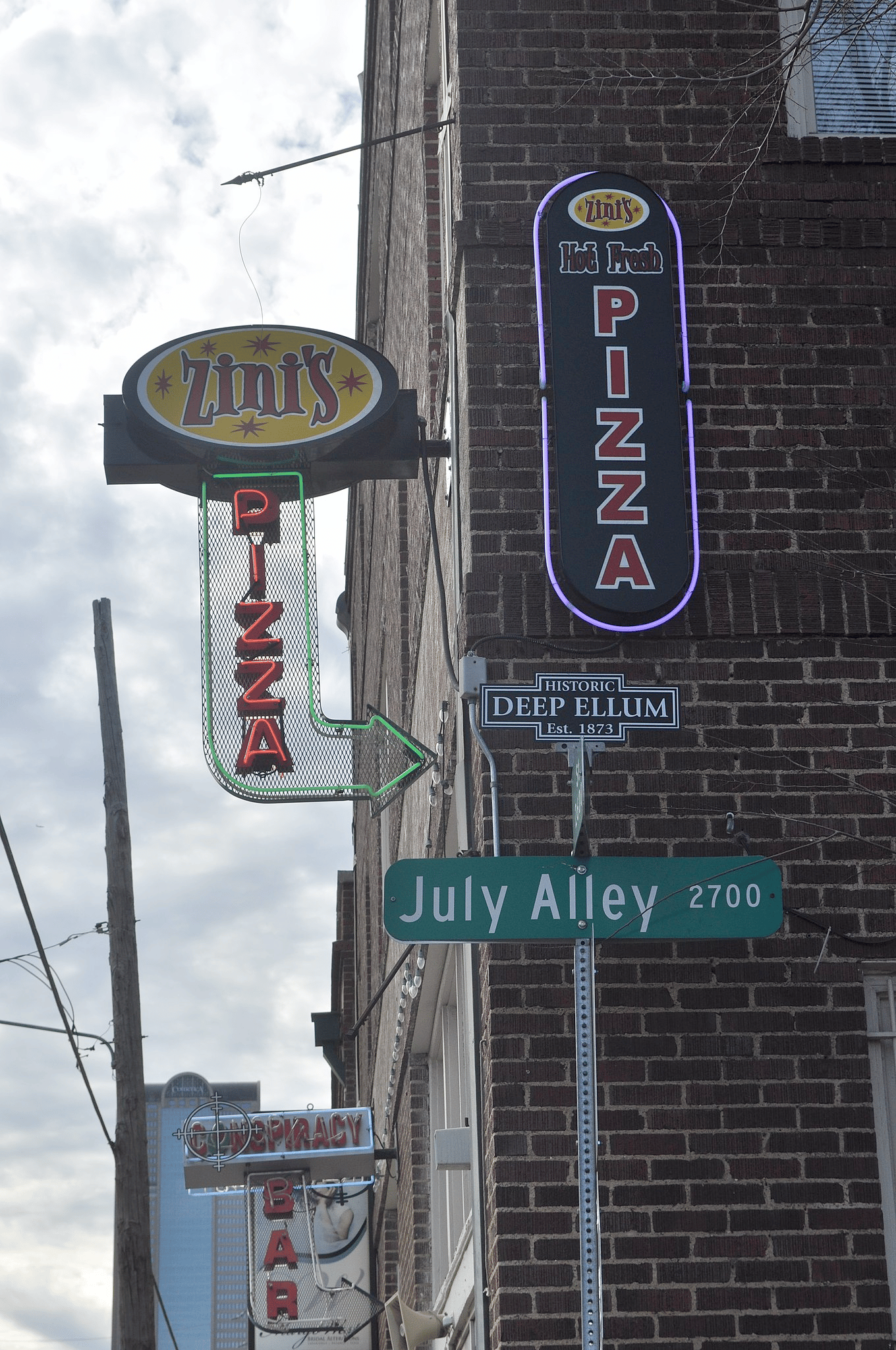
If you love the entertainment scene then our next historic site is definitely for you! At #14 on our list of the Best Historic Sites In Texas, we have the Deep Ellum Historic District.
It’s a vibrant neighborhood located in Dallas, Texas. The district is known for its rich history, cultural diversity, and thriving arts and entertainment scene.
The neighborhood was founded in the late 19th century as a center for industry and commerce, and it quickly became a hub for African American and immigrant communities.
In the early 20th century, Deep Ellum emerged as a center for jazz and blues music, and it was home to some of the most famous performers of the era, including Blind Lemon Jefferson and Robert Johnson.
It’s Been A Music Hotspot
It was in the 1920s that Deep Ellum started to become a destination for music, specifically jazz and the blues.
Within the course of a few decades, the neighborhood hosted artists like Huddie “Leadbelly” Ledbetter, Bessie Smith, Texas Bill Day, Blind Lemon Jefferson, Robert Johnson and many more.
In 1933, a song titled “Deep Elm Blues” was recorded by the Lone Star Cowboys and, later, the Shelton Brothers; years later, it would even be covered by The Grateful Dead. Altogether, from 1920 to 1950, the number of nightclubs, cafes and domino parlors in Deep Ellum jumped from 12 to 20.
However, just as the Deep Ellum music scene began to reach its peak, changes in American life temporarily dampened it. As people began moving from the city to the suburbs and the growing popularity of the automobile brought encroaching highways into the neighborhood, businesses were forced to close.
It wasn’t until 1980 that Deep Ellum saw a massive rebirth in thanks to the Dallas punk scene, which helped launched the careers of musicians like Tripping Daisy and the New Bohemians. Ten years later, the music venue Trees would open its doors and begin to host nationally acclaimed acts like Nirvana, the Roots, Radiohead and more. (Source: Parks For Downtown Dallas)
Deep Ellum Has Continued To Evolve & Change
In the decades that followed, Deep Ellum continued to evolve and change, with waves of new immigrants and artists contributing to the neighborhood’s rich cultural heritage.
Today, Deep Ellum is a thriving arts and entertainment district, with a diverse mix of galleries, music venues, restaurants, and shops.
Visitors to Deep Ellum can explore the neighborhood’s many cultural offerings, including art exhibits, live music performances, and food festivals. The district also offers a variety of historical and architectural landmarks, including the historic Kirby Building, the Deep Ellum Station, and the old Union Bankers Trust Building.
In addition to its cultural and historical significance, Deep Ellum is an important center of community and activism in Dallas. The neighborhood has a strong sense of identity and pride, and it is a hub for grassroots organizations, social justice movements, and community-based initiatives.
13. Washington-on-the-Brazos State Historic Site in Texas

We move from a place which is the embodiment of the Texas entertainment scene to one which celebrates the state’s rich history. At #13 on our list of the Best Historic Sites In Texas is Washington-on-the-Brazos State Historic Site.
The Washington-on-the-Brazos State Historic Site is located near the town of Washington, Texas. The park is dedicated to preserving and interpreting the history of Texas and the role of Washington in the state’s founding.
The site is located on the banks of the Brazos River, where a group of 59 delegates met in 1836 to sign the Texas Declaration of Independence from Mexico.
The historic site includes several buildings and structures that have been restored to their 19th-century appearance, including Independence Hall, which served as the site of the signing of the Declaration of Independence.
Visitors to the Washington-on-the-Brazos State Historic Site can explore the various historical buildings and exhibits on their own or take guided tours led by knowledgeable staff. The site also offers a variety of educational programs and events, including living history demonstrations, historical reenactments, and lectures on various aspects of Texas history.
In addition to its historical significance, the Washington-on-the-Brazos State Historic Site is also an important recreational destination, offering opportunities for hiking, picnicking, and birdwatching.
The site includes several scenic overlooks and trails, as well as a replica of an 1830s-era farmstead that offers a glimpse into the daily life of early Texas settlers.
12. Dealey Plaza Historic District
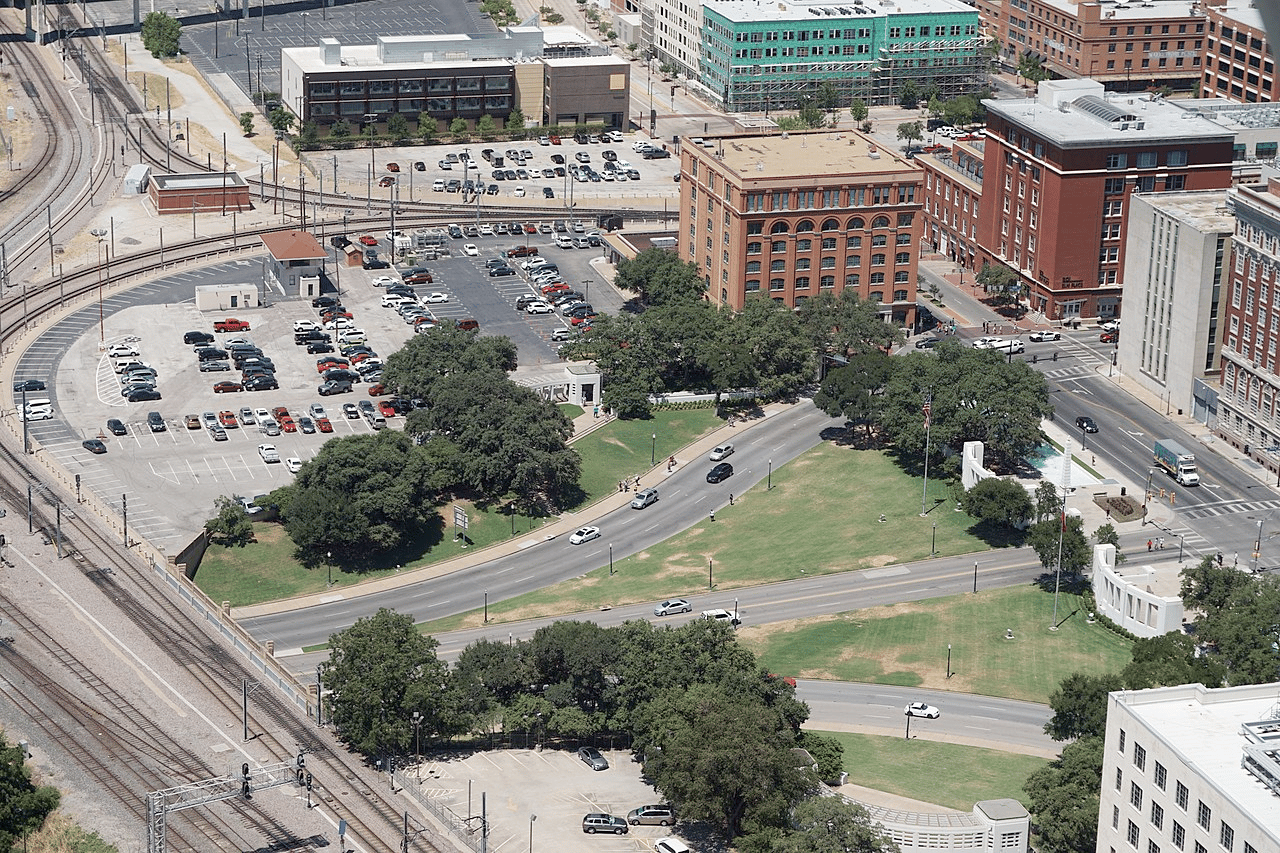
Texas has a rich history, but its not without its dark side. Our next historic site examines one of the greatest tragedies in America’s history. At #12 on our list of the Best Historic Sites In Texas is Dealey Plaza Historic District.
Dealey Plaza Historic District is a public park and historic site located in downtown Dallas, Texas. The site is perhaps best known as the location of the assassination of President John F. Kennedy on November 22, 1963, an event that had a profound impact on American history and culture.

The plaza itself is a small park with a triangular layout, surrounded by several historic buildings, including the Texas School Book Depository, the former headquarters of the Dallas Morning News, and the Old Red Courthouse.
The plaza is also home to several notable monuments and memorials, including the John F. Kennedy Memorial, which is located in the center of the plaza and features a simple, white concrete slab inscribed with the president’s name.
Explore Historic Buildings Or Take Guided Tours
Visitors to Dealey Plaza can explore the site and its historic buildings on their own or take guided tours led by knowledgeable staff. The plaza and its surrounding buildings have been preserved and restored to their 1960s appearance, offering a powerful and immersive experience of the events that took place there.
In addition to its historical significance, Dealey Plaza is also an important cultural destination, attracting visitors from around the world who come to pay their respects to the memory of President Kennedy and to learn more about the events of that fateful day.
The site is a powerful reminder of the enduring impact of history on our lives, and it continues to inspire and educate visitors of all ages and backgrounds.
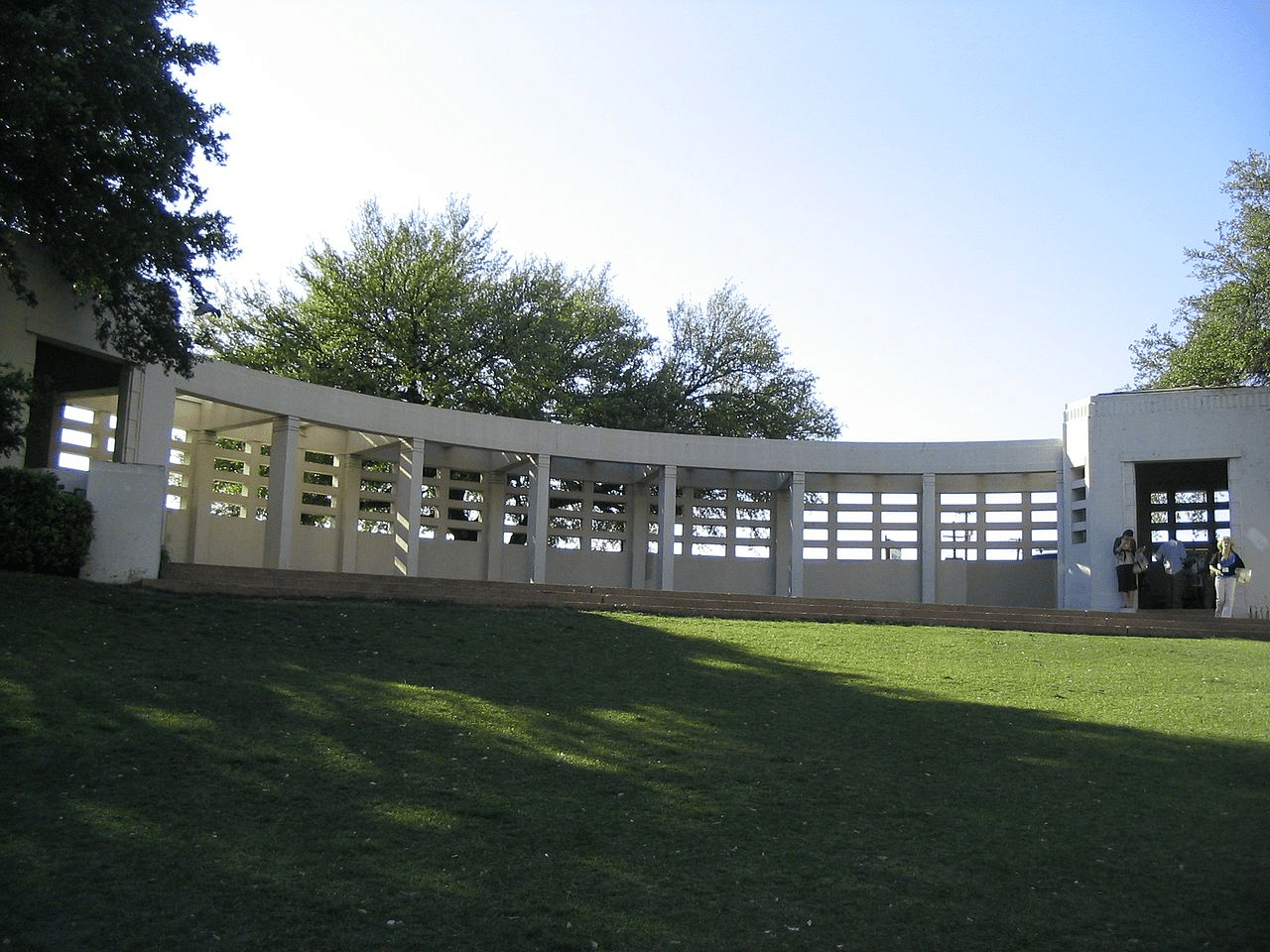
11. NASA Space Center Houston

Texas has also played an integral part in one of the greatest adventures known to humankind – the Space Race. It’s therefore fitting that we include the NASA Space Center Houston as our #11 Best Historic Site In Texas.
NASA Space Center Houston is the official visitor center for NASA’s Johnson Space Center, located in Houston, Texas. The center offers a variety of exhibits and tours that showcase the history and ongoing work of NASA and the U.S. space program.
Visitors can tour the historic Mission Control Center, which was used for the Apollo and Space Shuttle programs, and see the original consoles used to control the historic Apollo 11 moon landing.
The center also features a full-size replica of the Space Shuttle Independence, a tram tour of the Johnson Space Center, and an exhibit on the International Space Station.
It also has a variety of interactive exhibits, such as a space suit experience and a Mars habitat, as well as a planetarium and an IMAX theater. Pardon the cliche, but this a place that’s just out of this world!
Top 10 Historic Sites In Texas
10. Alibates Flint Quarries National Monument
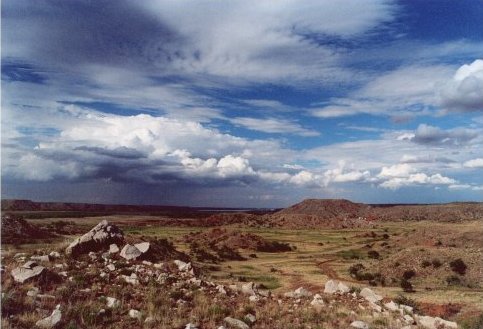
We’re on to our list of the Top 10 Historic Sites In Texas. While we’re More Than Just Parks, that doesn’t mean that we’ve forgotten about them. Some of our favorite historic sites are also national park sites. And, at #10, the Alibates Flint Quarries National Monument is a great example.
Alibates Flint
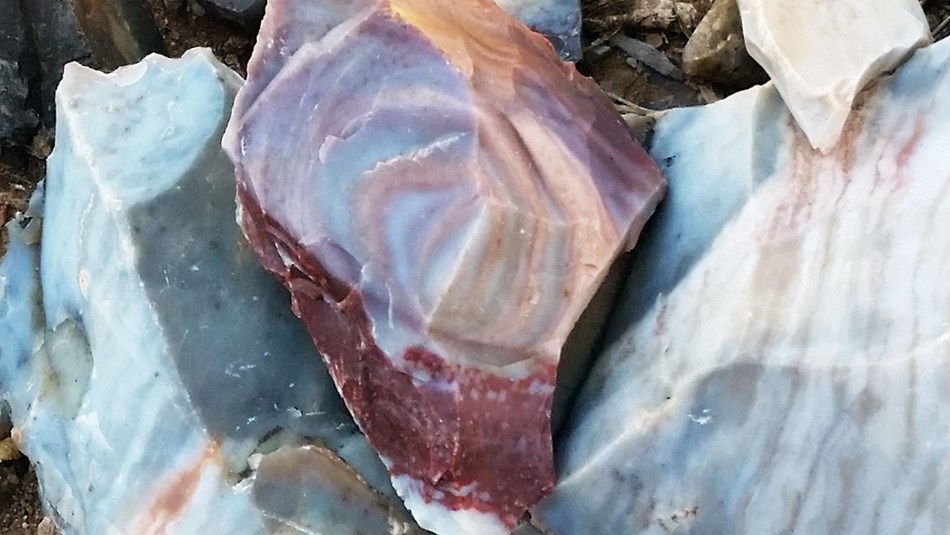
If you love rocks then you’re in for a real treat. Alibates Flint is agatized dolomite, or silicified dolomite. Many archeologists refer to it as Alibates chert because of its vibrant colors.
The colors in this type of flint include red, orange and yellow. They’re created by iron; blues and deep greens are usually created by manganese. At this national monument, you’ll have the opportunity to explore these magnificent rocks. (Source: NPS)
Visitor Center At Alibates Flint Quarries National Monument
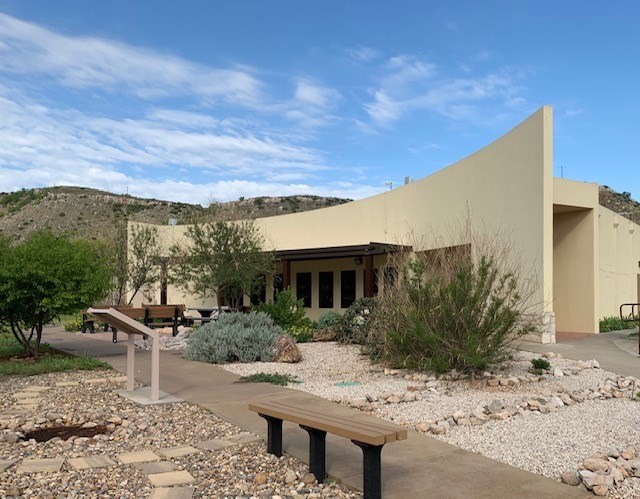
If you’re a first-timer then I always recommend beginning your visit at the Visitors Center. The Alibates Visitor Center is open Saturday through Wednesday, 9:00 a.m. to 4:00 p.m. (Except on Thanksgiving and Christmas Day)
The Visitors Center offers a variety of different activities. These include: Museum Exhibits, Ranger-guided quarry tours, an award winning film about Alibates Flint Quarries National Monument, Jr. Ranger Program\Activities and access to the Mesquite Trail which is a self-guided trail.
While you’re there, I also recommend taking the self guided tour of the Alibates Gardens and visiting the Monarch Butterfly Waystation.
RELATED: 15 MUST-SEE Historic Sites In Georgia
9. Camino Real de Tierra Adentro National Historic Trail

We’re just getting warmed up as our next site on the More Than Just Parks list of the Best Historic Sites In Texas is a special place where you’ll have an opportunity to get in your steps. At #9, we have the Camino Real de Tierra Adentro National Historic Trail.
The El Camino Real de Tierra Adentro National Historic Trail extends 404 miles between El Paso, Texas to Santa Fe, New Mexico At one time, the historic trail extended all the way to Mexico City.
This trail tells that story of 300 years of conflict, cooperation, and cultural exchange between a variety of empires—European and non-European alike.
There are a variety of wonderful activities for you to choose from along this trail. They include:
- A variety of hiking opportunities across the full length of the trail.
- A visit to the missions along the El Camino Real de Tierra Adentro.
- Museums along the El Camino Real de Tierra Adentro featuring interpretive exhibits, information, and programs.
- Historic sites along the El Camino Real de Tierra Adentro.
For specific information pertaining to sites in New Mexico, please check out this interactive map provided by the National Park Service.
RELATED: 7 AMAZING National Parks Near Austin You’ll Love
8. Historic Fredericksburg

Now if you’re a history buff then our next site has a name that’s likely familiar to you though this is not that site. At #9 on our list of the Best Historic Sites In Texas is Fredericksburg.
Not to be confused with the town in Virginia of the same name, this Fredericksburg was founded on May 8, 1846 by German immigrants under the Society for the Protection of German Immigrants in Texas.
John O. Meusebach chose the location for the second of the Society’s colonies four miles north of the Pedernales River between two creeks. He named the settlement Friedrichsburg (later changed to Fredericksburg) to honor Prince Frederick of Prussia. Settlers received lots in town with an additional 10 acre lot outside of town.
The colonists planted corn, built storehouses to protect their provisions and trade goods, and prepared for the arrival of more immigrants, who came throughout the summer. By 1850, census records stated that the town had 754 residents, and Gillespie County had 1,235 residents. (Source: City of Fredericksburg, Texas)
Things To Do

The Pioneer Museum located in downtown Fredericksburg offers a glimpse into the nineteenth and twentieth century settling of this region of Texas by German immigrants.
The museum complex covers a little over three acres and houses multiple buildings to tour. The grounds contain a historic homestead, an old schoolhouse, a barn, a bathhouse, and a smokehouse.
RELATED: 10 MUST-SEE Historic Sites In Illinois
7. Fort Davis National Historic Site
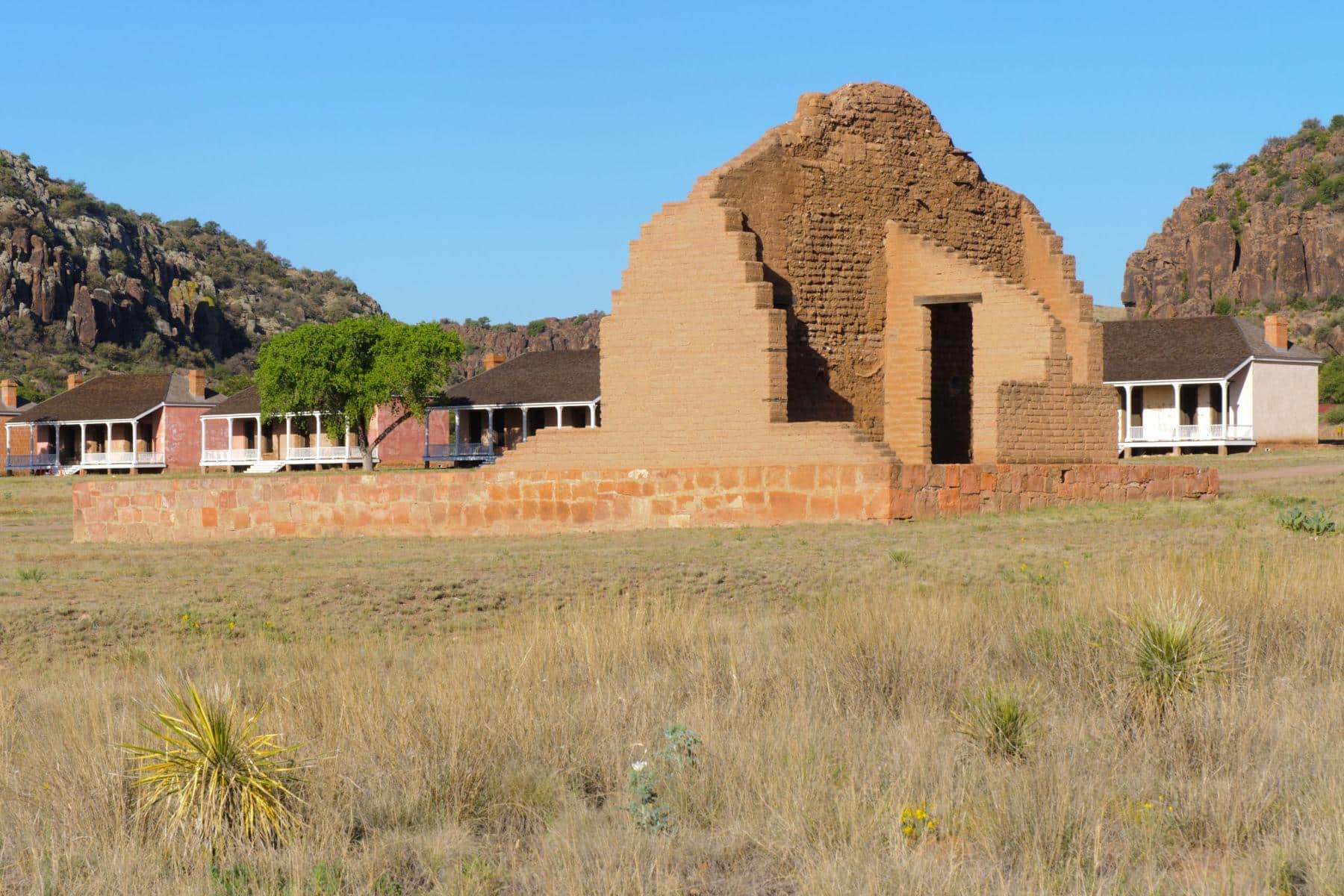
As mentioned earlier, Texas is a state that’s rich in history and that includes the Winning of the West. Our next historic site explores this chapter in American history. At #7 is the Fort Davis National Historic Site.
Fort Davis is one of the best surviving examples of an Indian Wars’ frontier military post in the Southwest.
From 1854 to 1891, it was strategically located to protect emigrants, mail coaches, and freight wagons on the Trans-Pecos portion of the San Antonio-El Paso Road and on the Chihuahua Trail.
This national historic site offers some wonderful hiking trails. These include:
- Photographers Trail-This is the only trail on Sleeping Lion Mountain, a short hike offers great photographic opportunities without the commitment of a long hike.
- Tall Grass Loop Trail-This hike is steep and strenuous along the trail switchbacks of the trail there are stairs on certain portions. Along the northern route of the trail, can become slick after precipitation. This trail is 0.8 mi (1.3 km) long one way.
- Scenic Overlook Trail-This hike is steep and strenuous along the switchback portion of the trail utilizing stairs with rails. The trail offers panoramic views of Fort Davis NHS. The trail is 0.4 miles (0.6km) long one way.
- Hospital Canyon Trail-This trail is strenuous along the switchback portions and there are sections without shade.
- North Ridge Trail-This hike allows you to walk between Rhyolite boulders and experience the 360° views of the Davis Mountains.
- Cemetery Trail-The Cemetery Trail is .2mi (.3km) long one way, this short hike takes you to the location of the post-Civil War Cemetery. (Source: NPS)

RELATED: 5 EPIC National Parks Near Dallas You’ll Love
6. Waco Mammoth National Monument

Now if you’re someone who likes ancient history then our next historic site is for you. It’s a place where you can walk in the footsteps of creatures as tall as 14 feet and weighing 20,000 pounds. At #6 on our list of the Best Historic Sites In Texas is Waco Mammoth National Monument.
The park is named after the discovery of the remains of mammoths and other Ice Age animals that lived approximately 68,000 to 70,000 years ago.
The discovery of the fossil remains in 1978 led to the establishment of the monument, which has since become an important destination for scientists, students, and visitors interested in learning about the natural history of the region and the creatures that lived there.
Since its discovery, museum staff, students, and volunteers have worked tirelessly to excavate and preserve the fossil material, spending thousands of hours on the effort.
In 1990, some of the fossils excavated from the site were transferred to the Baylor University’s Mayborn Museum Complex, while others remain in their original position within the bone bed. These specimens are now protected by a climate-controlled Dig Shelter, which allows for both public viewing and further scientific study.
The Waco Mammoth National Monument is an important piece of America’s natural history, and its preservation and protection is essential for future generations to understand the story of the earth and the creatures that lived on it.

Top 5 Historic Sites In Texas
5. Palo Alto Battlefield National Historical Park
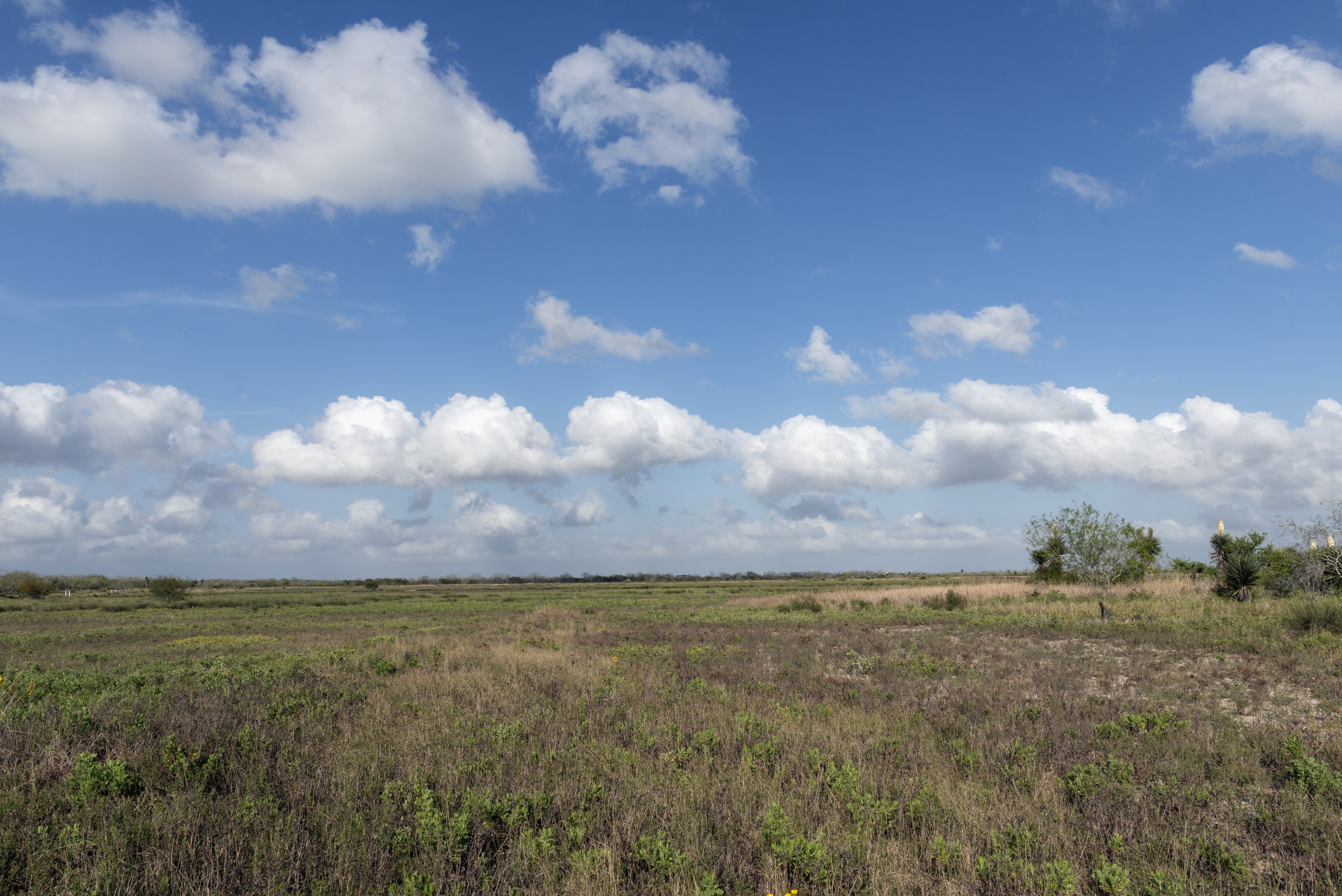
We’re on to our Top 5 Historic Sites In Texas. If you’re familiar with the history of this amazing state then you know that Texas role in achieving its independence is considered to be the most important chapter of the state’s history by many local historians.
Part of this achievement came about as a result of the Mexican-American War which followed Texas own struggle for independence. So at #5 on our list of the Best Historic Sites In Texas is Palo Alto Battlefield National Historical Park.
The site is dedicated to preserving the site of the first battle of the Mexican-American War, which was fought on May 8, 1846.
The park provides visitors with a glimpse into the events that led to the war and the role that this battle played in shaping the history of the United States.
Visitors can explore the park’s visitor center, which contains exhibits about the war and the battle, as well as a picnic area, trails, and a scenic drive.
The park also offers educational programs and special events throughout the year, making it an ideal destination for history buffs and anyone interested in learning more about this important moment in American history.
RELATED: 8 AMAZING National Parks Near Houston
Step Back In Time At Palo Alto
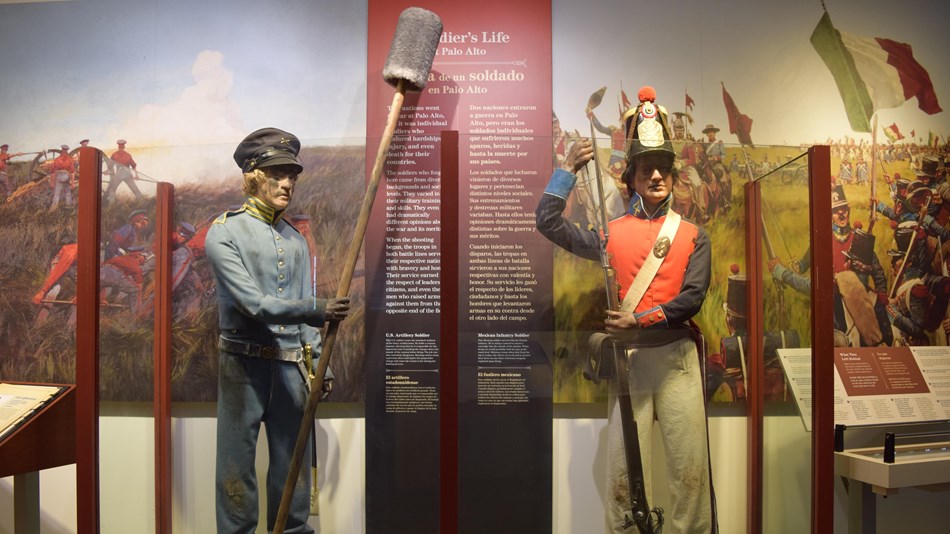
I recommend that you begin your visit at the Visitor Center and pick up a park brochure and trail guide. From there you will discover outdoor adventures which include:
- Hiking the battlefield trail which is a half-mile walk. Along the way you will see a landscape very much like the one experienced by soldiers in 1846.
- From Palo Alto you can also explore the Brownsville Historical Trail which includes historic sites and attractions.
- Bird watching is highly recommended too. All you have to do is bring a pair of binoculars with you and keep a watchful eye out as you traverse the trail.
- Visit the Resaca de la Palma Battlefield which features a half-mile circular trail with interpretive waysides.
4. The San Jacinto Monument
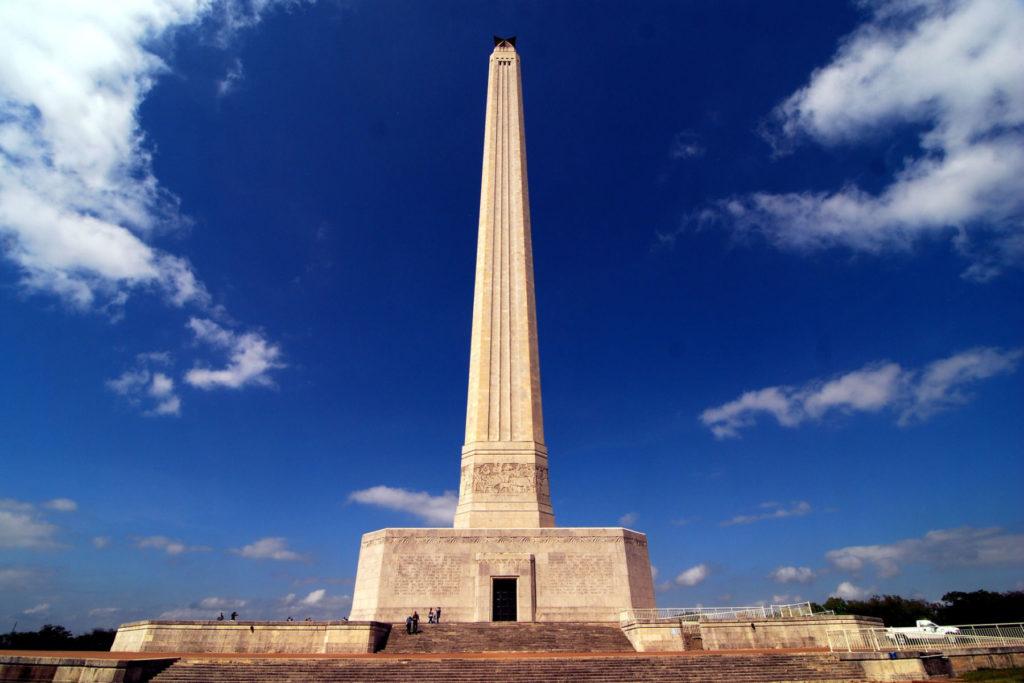
Now we haven’t forgotten about the all-important Texas War For Independence. We’re on to that seminal event in the history of the Lone Star State as we move to the “Final Four” on our list of the Best Historic Sites In Texas. At #4 we have the The San Jacinto Monument.
The Battle of San Jacinto was the concluding military event of the Texas War for Independence. On April 21, 1836, the Texas militia under Sam Houston (1793-1863) launched a surprise attack against the forces of Mexican General Antonio Lopez de Santa Anna (1794-1876) at the Battle of San Jacinto, near present-day Houston, Texas.
The Mexicans were thoroughly routed, and hundreds were taken prisoner, including Santa Anna. In exchange for his freedom, Santa Anna signed a treaty recognizing Texas’ independence.
To learn more about this conflict I recommend The Mexican-American War: A Captivating Guide to the Armed Conflict between the United States of America and Mexico Along with the Impact of the Texas Revolution by Captivating History.
RELATED: 15 MUST-SEE Historic Sites In Ohio
Things To Do
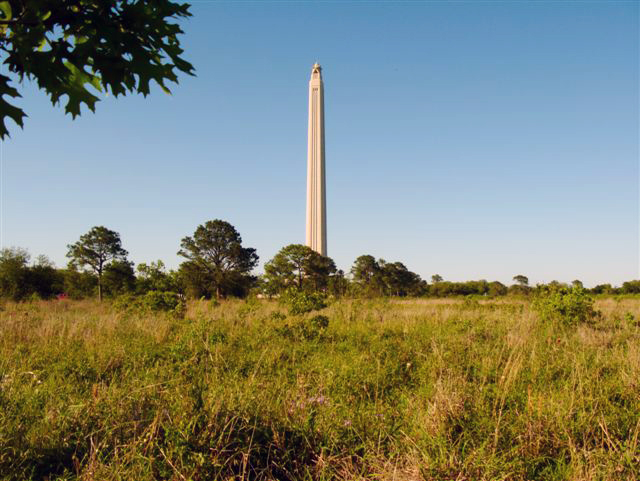
The San Jacinto Monument, located in Deer Park along the banks of the San Jacinto River, commemorates the final battle in Texas’ fight for independence from Mexico.
The star topped monument commemorating this even stands 570 feet tall, taller than the Washington Monument in Washington, D.C.
The Jesse H. Jones Theater at the base of the monument tells Texas’ story along with the evolution of its history as part of the wild west. The monument has several permanent exhibits as well as rotating and online exhibits.
3. San Antonio Missions National Historical Park

We move from the pivotal battle in the struggle for Texas Independence to the place where the history of the state truly began. As we move to our final three historic sites we selected the San Antonio Missions National Historical Park as our #3 site.
Why? The Spanish Missions in Texas were religious outposts established by Spanish priests and colonial authorities to spread the Catholic doctrine among Native Americans. They were also, however, the place that western thought and ideas were first introduced to this region of the country.
The general purpose of the missions was to “reduce” or congregate the often nomadic tribes into a settlement, convert them to Christianity, and teach them crafts and agricultural techniques. The San Antonio Missions National Historical Park is dedicated to preserving the history of the Spanish missions in the area.
The Park Encompasses Four Spanish Missions
The park encompasses four of the five Spanish missions that were established in the early 18th century in order to spread Christianity among the native populations and to create a Spanish colonial presence in the region.
These missions, known as the Alamo, Concepción, San José, and San Juan, were an important part of the cultural and religious heritage of Texas and the American Southwest.
The missions were in use for over 70 years before being abandoned in the late 18th century. Over time, the buildings fell into disrepair and were eventually restored and preserved as a National Historical Park in 1978.
Today, visitors to the park can explore the well-preserved ruins of the missions, which offer a glimpse into the everyday lives of the Spanish colonists and the indigenous people who lived there.
The park also provides educational programs and special events, making it an ideal destination for history buffs, families, and anyone interested in learning about the Spanish missions and their role in shaping the cultural heritage of the American Southwest.
RELATED: 8 Amazing National Parks Near San Antonio
2. Lyndon B. Johnson National Historical Park

We’re down to the final two on More Than Just Parks list of the Best Historic Sites In Texas. In the runner-up spot at #2 is a site which celebrates Texas most famous native son. It’s the Lyndon B. Johnson National Historical Park.
The Lyndon B. Johnson National Historical Park is dedicated to preserving and interpreting the life, career, and legacy of President Lyndon B. Johnson, who served as the 36th President of the United States from 1963 to 1969.
The park includes several sites related to Johnson’s life, including the Johnson Family Ranch, where he was born and raised, and the Johnson Settlement, which includes the boyhood home of President Johnson, his grandparents’ home, and other associated buildings.
Visitors to the park can tour the Texas White House, which served as the President’s informal office during his time in office, and see exhibits about his life and presidency, including his role in the Civil Rights Movement, the Great Society programs, and the Vietnam War.
The park also offers a variety of educational programs and events, including ranger-led tours, special events, and living history demonstrations, making it an ideal destination for history buffs, families, and anyone interested in learning more about one of America’s most important leaders.
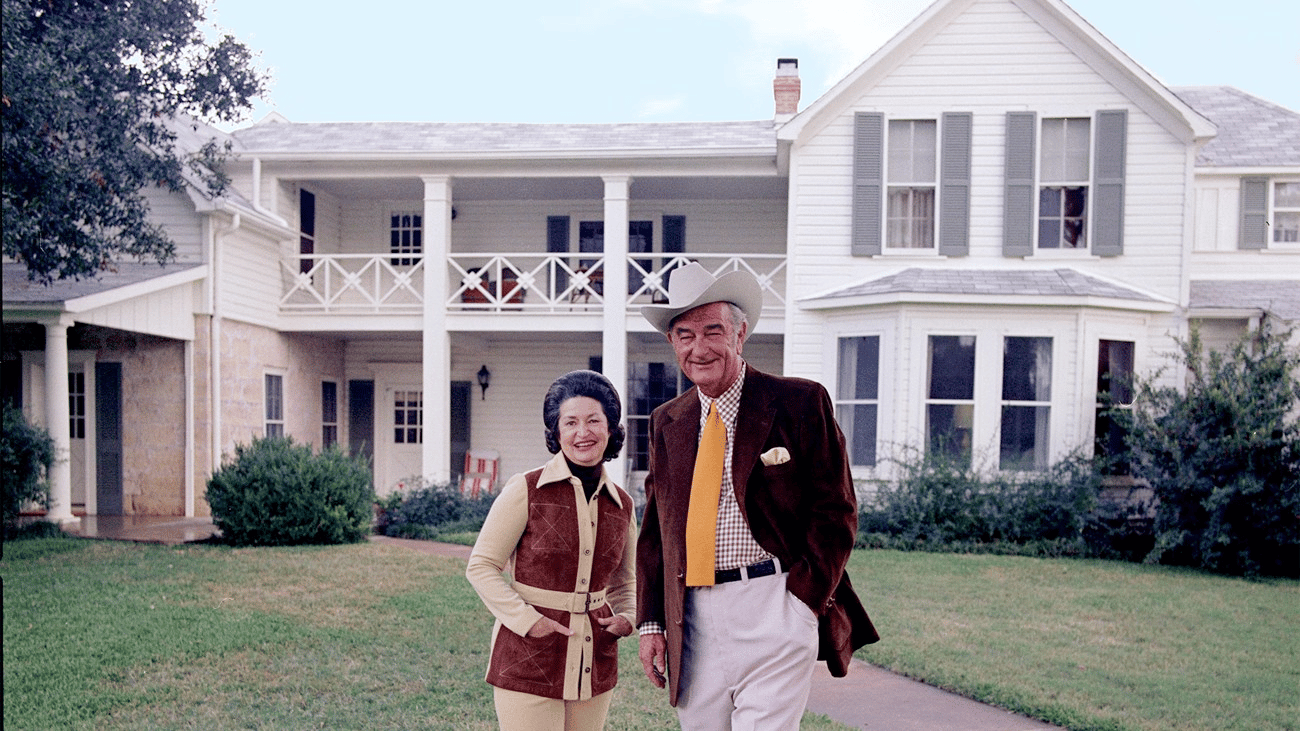
His Presidency Began & Ended With Tragedy
As Kent Germany, associate professor of history at the University of South Carolina notes, Lyndon Johnson’s presidency began and ended with tragedy. He came into office after the death of a popular young President and provided needed continuity and stability.
He advanced the Kennedy legacy, obtaining far more than Kennedy would likely have gotten out of Congress, and then won a huge landslide victory for himself and his party.
President Johnson’s administration also extended the New Deal of Franklin Roosevelt, including aid to education, Headstart, Medicare, and Medicaid—programs that are still significant today and that command bipartisan support for their effectiveness.
While his programs kept untold numbers of Americans out of poverty, gave others basic health care, and ensured the fundamental rights of citizenship for minorities, in Southeast Asia, millions of Vietnamese lost their lives and homes, more than 58,000 American military personnel lost their lives, and hundreds of thousands more would have their lives permanently altered.

Take A Deeper Dive Into The Life & Times Of Lyndon Johnson
If you’re interested in taking a deeper dive then we recommend what many consider to be the best biographical series ever written on LBJ.
Robert Caro is an American journalist and biographer. He is best known for his multi-volume biography of former U.S. President Lyndon B. Johnson. Caro’s work on Johnson is widely considered to be one of the most comprehensive and insightful biographies of a U.S. President.
Caro has won numerous awards for his writing, including two Pulitzer Prizes and several National Book Awards. He is widely regarded as one of the best biographers of his generation, known for his meticulous research, in-depth interviews, and vivid writing style.
I recommend the following books by Robert Caro:
The Years of Lyndon Johnson: The Path to Power; Means of Ascent; Master of the Senate; The Passage of Power. This four volume collection which won the coveted Pulitzer Prize.

The fifth and final volume of this series, now underway, will presumably cover the 1964 election, the passage of the Voting Rights Act and the launch of the Great Society, the deepening of America’s involvement in Vietnam, the unrest in the cities and on college campuses, Johnson’s decision not to seek reelection, and his retirement and death — enough material, it would seem, for an additional four volumes.
“President Kennedy’s eloquence was designed to make men think; President Johnson’s hammer blows are designed to make men act.”
― Robert A. Caro, The Passage of Power
1. The Alamo

Remember the Alamo? Few Texans will ever forget it! The Alamo is to Texans what the Statue of Liberty is to Americans. It’s a historical landmark which symbolizes the struggle for liberty.
It also happens to be our #1 Historic Site In Texas. After all, how could any list of historic sites in the Lone Star State not place the Alamo at the top of the list?
The Battle of the Alamo during Texas’ war for independence from Mexico lasted thirteen days, from February 23, 1836-March 6, 1836.
In December of 1835, a group of Texan volunteer soldiers had occupied the Alamo, a former Franciscan mission located near the present-day city of San Antonio.
While the Mexican Army under the leadership of Santa Anna prevailed slaughtering all of the soldiers inside of the fort, it was an important event in the Texas Revolution and American History because it rallied the rest of Texas to fight against the Mexican army eventually leading to a victory over Santa Ana at the Battle of San Jacinto.
While the Mexican Army under the leadership of Santa Anna prevailed slaughtering all of the soldiers inside of the fort, it was an important event in the Texas Revolution and American History because it rallied the rest of Texas to fight against the Mexican army eventually leading to a victory over Santa Ana at the Battle of San Jacinto.
Things To Do At The Alamo
Here are some things that visitors can do at the Alamo:
- Explore the Alamo grounds and buildings: Visitors can explore the historic Alamo Mission and its surrounding gardens and courtyards. The mission was originally built in the 18th century and has been preserved as a museum and historic site.
- Take a guided tour: The Alamo offers a variety of guided tours led by knowledgeable staff, including tours of the mission, the surrounding historic district, and the nearby San Antonio River Walk.
- Learn about the history of the Alamo: Visitors can learn about the history of the Alamo and its significance in Texas history through exhibits, displays, and multimedia presentations at the Alamo Museum.
- Attend events and activities: The Alamo hosts a variety of events and activities throughout the year, including historical reenactments, festivals, and cultural celebrations.
- Shop for souvenirs: The Alamo Gift Shop offers a variety of souvenirs and mementos, including books, apparel, and other items related to the history and culture of the Alamo and Texas.
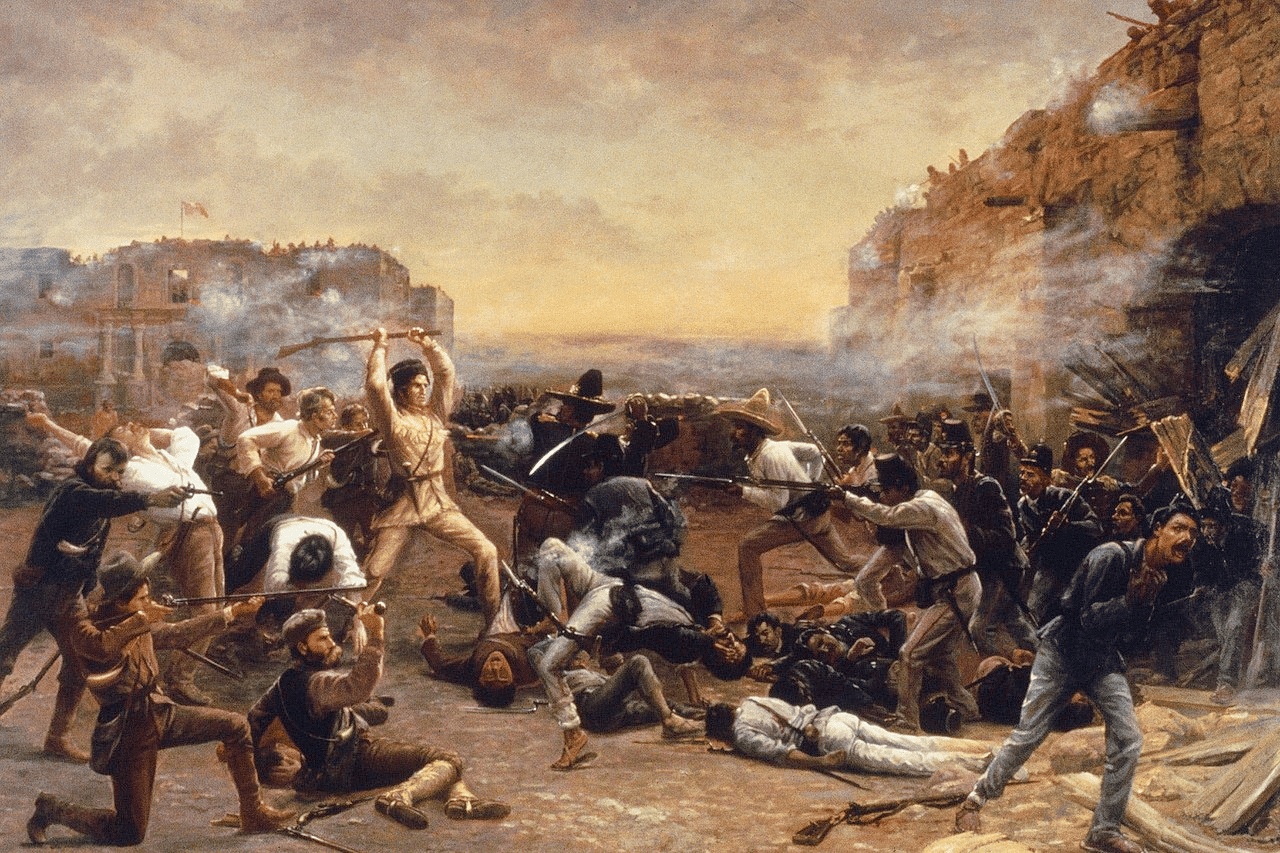
The Eyes Of Texas Are Upon You So Why Not Take A Deeper Dive With These Great Books
To learn more about the Lone Star State before visiting, I recommend reading the following books:
- The Great Book of Texas: The Crazy History of Texas with Amazing Random Facts & Trivia by Bill O’Neill.
- History of Texas: A Captivating Guide to Texas History, Starting from the Arrival of the Spanish Conquistadors in North America through the Texas Revolution to the Present (Captivating History) by Captivating History.
- Lone Star: A History Of Texas And The Texans by T.R. Fehrenbach.
List Of Historic Sites In Texas
- The Alamo
- Lyndon B. Johnson National Historical Park
- San Antonio Missions National Historical Park
- The San Jacinto Monument
- Palo Alto Battlefield National Historical Park
- Waco Mammoth National Monument
- Fort Davis National Historic Site
- Historic Fredericksburg
- Camino Real de Tierra Adentro National Historic Trail
- Alibates Flint Quarries National Monument
- NASA Space Center Houston
- Dealey Plaza Historic District
- Washington-on-the-Brazos State Historic Site in Texas
- Deep Ellum Historic District
- Pioneer Village
Why Trust Us About Historic Sites In Texas?
We’re Jim Pattiz and Will Pattiz, collectively known as the Pattiz Brothers and we absolutely LOVE the national parks.
You should probably know that we don’t just make this stuff up out of thin air. We’ve spent our entire adult lives exploring and filming America’s national parks and public lands.
We’ve worked with the National Park Service, the Department of Interior, USDA, U.S. Forest Service, and more for years creating films on important places and issues. Our work has been featured in leading publications all over the world and even some people outside of our immediate family call us experts on the national parks.
And, in 2018, our father – having spent a lifetime teaching history – joined us so that he could help us to tell the stories behind these amazing places.
Meet The Parks Brothers
We Hope You’ll Follow Our Journey
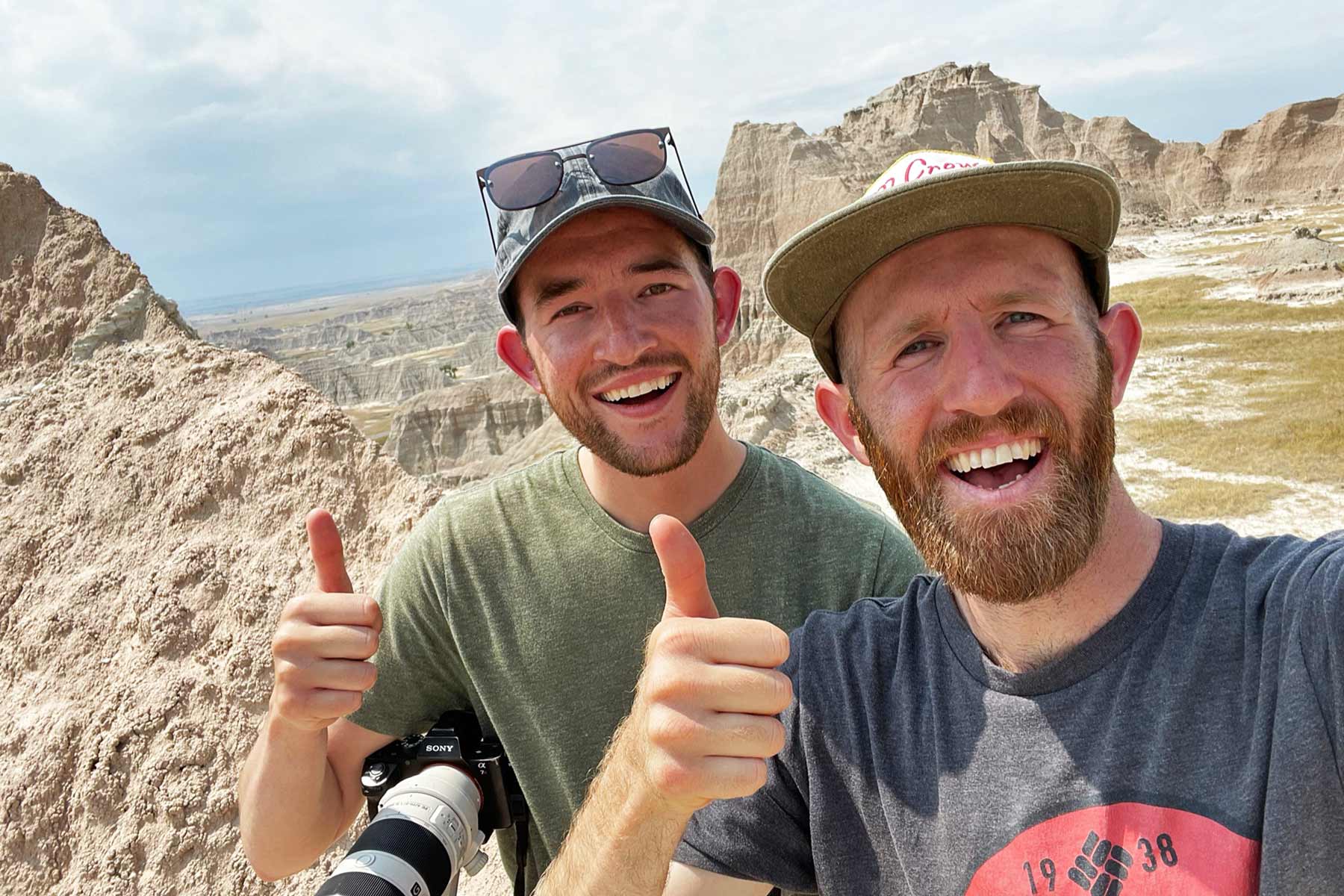
Our goal here at More Than Just Parks is to share the beauty of America’s national parks and public lands through stunning short films in an effort to get Americans and the world to see the true value in land conservation.
We hope you’ll follow our journey through the parks and help us to keep them the incredible places that they are. If you’re interested in joining the adventure then sign up below!
Related Links
What Is A National Park? To learn more about the difference between the various National Park Service designations check out our article that explains everything!
Civil War Sites: Top 10 Best Civil War Sites & Battlefields
Revolutionary War Sites: 10 BEST Revolutionary War Sites In America
Texas National Parks: 16 SURPRISING Texas National Parks
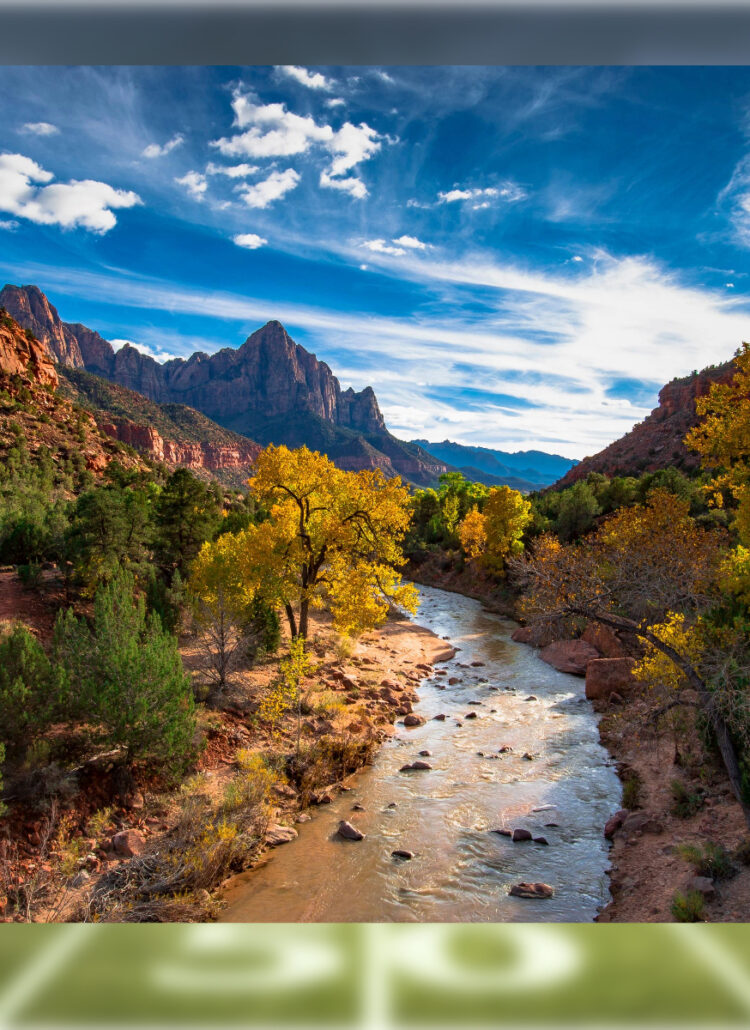
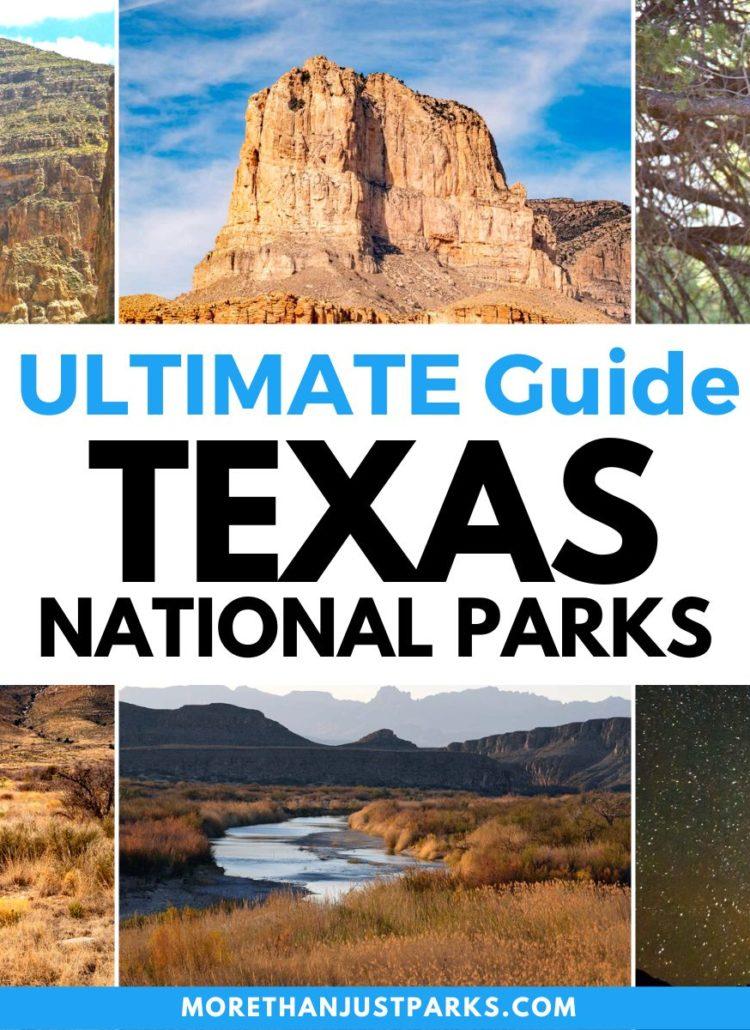
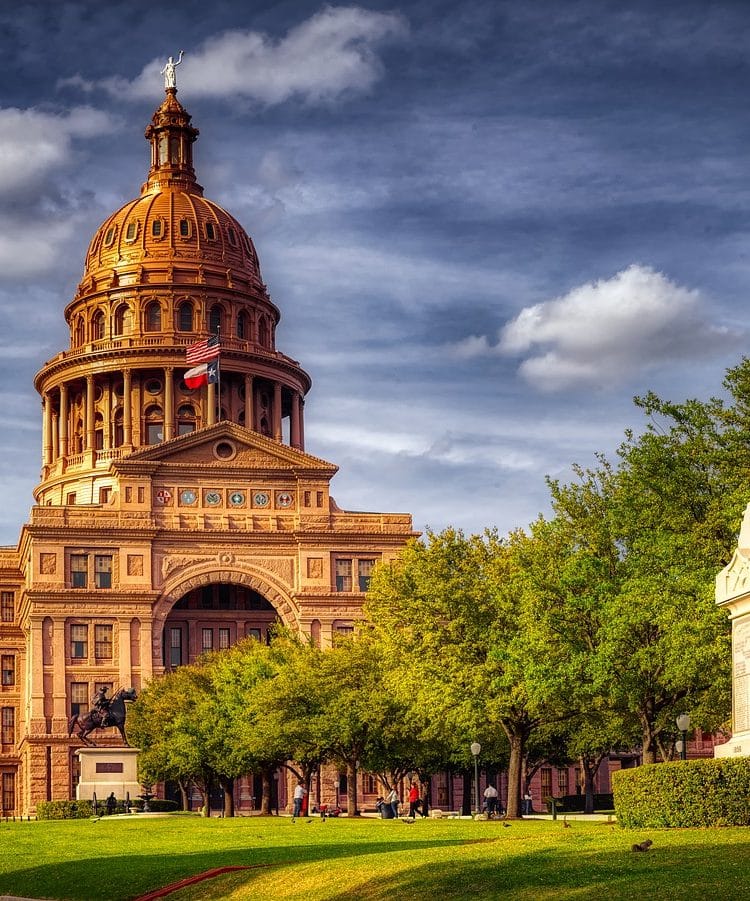
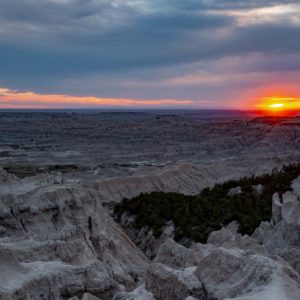
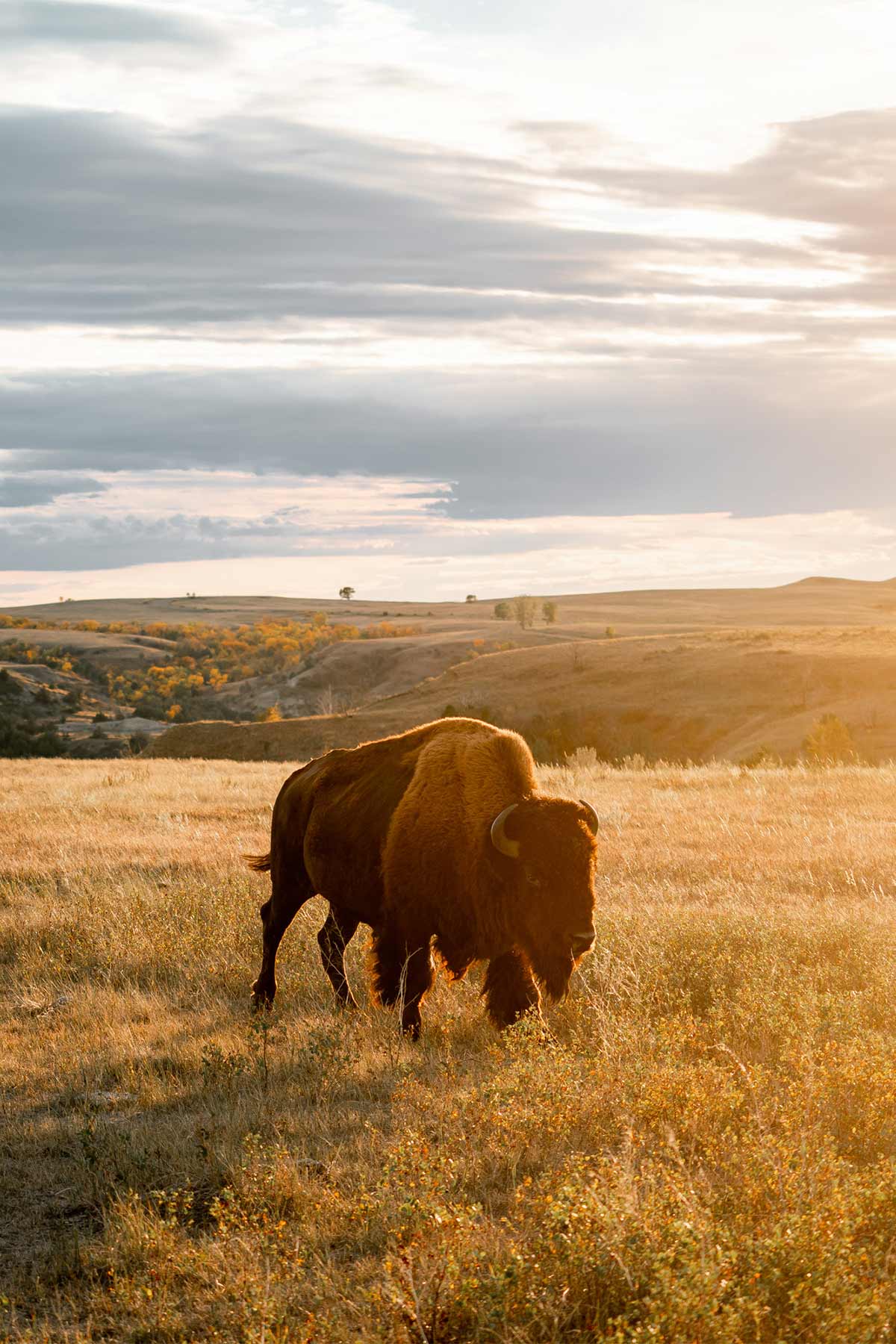
Leave a Reply